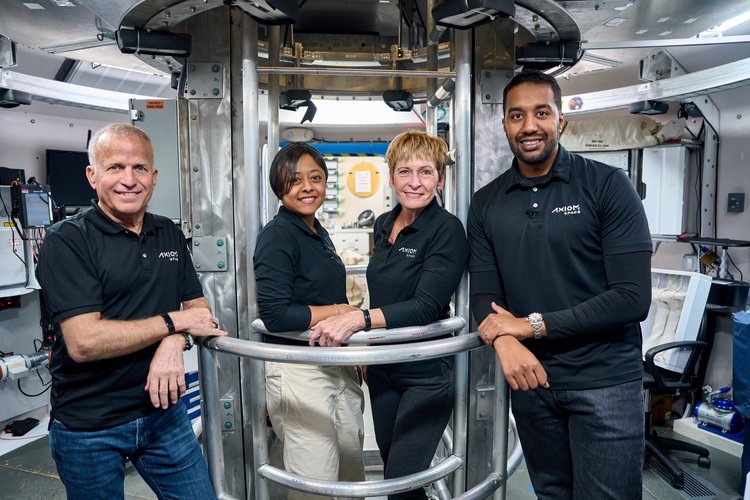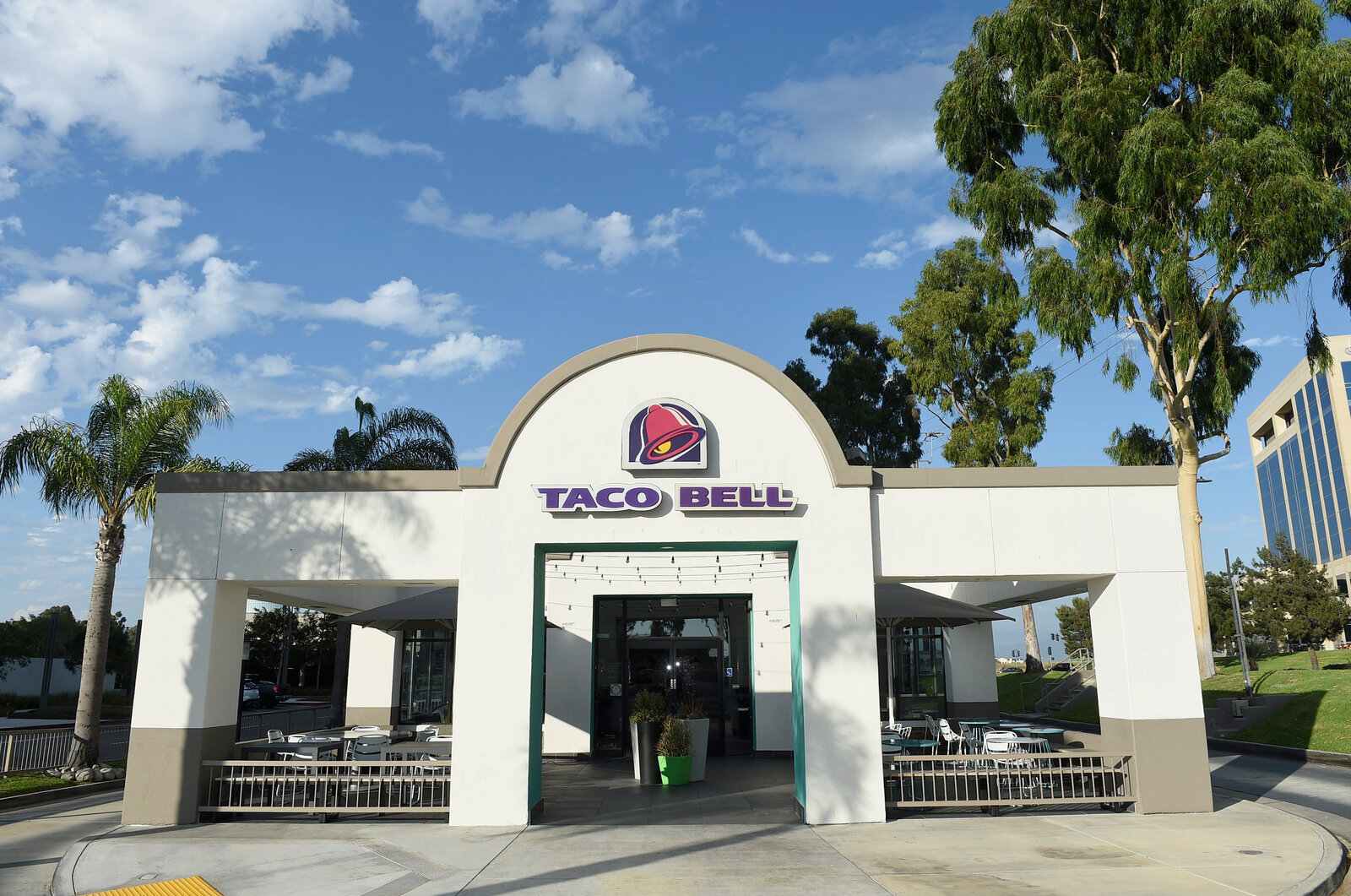See the SpaceX booster?
If you spot SpaceX’s Falcon 9 booster in a telescope before it hits the moon, let us know! Send images and comments in to spacephotos@space.com.
A SpaceX rocket’s upper stage was caught on camera careening toward a collision course with the moon.
Virtual Telescope Project founder Gianluca Masi caught the Falcon 9 rocket upper stage using a single 60-second exposure remotely taken using a 17-inch (43 centimeters) PlaneWave telescope in Rome. You can spot the stage amid a few “star streaks” induced from the telescope tracking the rocket stage in the sky.
“There was a very strong light and moon interference, and grabbing DSCOVR was quite hard,” Masi said in a statement. “We also noticed the booster is spinning fast (period on the order of 10 seconds), showing very [noticeable] brightness fluctuations.”
Video: SpaceX booster to slam into moon, seen by Virtual Telescope Project
Related: See the SpaceX Falcon 9 booster on a collision course with the moon in a live webcast

Here it the Falcon 9 DSCOVR’s booster, going to hit the Moon early next March. See how it blinks while tumbling! pic.twitter.com/X35DaN7n4CFebruary 7, 2022
See more
DSCOVR refers to the name of the mission, called the Deep Space Climate Observatory. It was a joint effort led by the U.S. National Oceanic and Atmospheric Administration (NOAA) and NASA that launched in February 2015 from what was then called Cape Canaveral Air Force Station, on the east coast of Florida.
During launch, the upper stage depleted its fuel and was unable to return to Earth. For the past seven years it has been in an uncontrolled orbit, due to competing gravitational forces of the Earth, moon and sun.

The rocket stage is now expected to slam into the far side of the moon on March 4 at 7:25 a.m. EDT (1225 GMT), and it won’t be visible from Earth. However, the Rome-based Virtual Telescope Project plans to offer a pair of live webcasts to discuss the mission.
The free, live webcast on Tuesday (Feb. 8) is available online, beginning at 1 p.m. EDT (1800 GMT). Because the live webcast depends on weather conditions, the schedule could change.
Follow Elizabeth Howell on Twitter @howellspace. Follow us on Twitter @Spacedotcom or on Facebook.
Join our Space Forums to keep talking space on the latest missions, night sky and more! And if you have a news tip, correction or comment, let us know at: community@space.com.

Elizabeth Howell, Ph.D., is a contributing writer for Space.com since 2012. As a proud Trekkie and Canadian, she tackles topics like spaceflight, diversity, science fiction, astronomy and gaming to help others explore the universe. Elizabeth’s on-site reporting includes two human spaceflight launches from Kazakhstan, and embedded reporting from a simulated Mars mission in Utah. She holds a Ph.D. and M.Sc. in Space Studies from the University of North Dakota, and a Bachelor of Journalism from Canada’s Carleton University. Her latest book, NASA Leadership Moments, is co-written with astronaut Dave Williams. Elizabeth first got interested in space after watching the movie Apollo 13 in 1996, and still wants to be an astronaut someday.
Note: This article have been indexed to our site. We do not claim legitimacy, ownership or copyright of any of the content above. To see the article at original source Click Here












